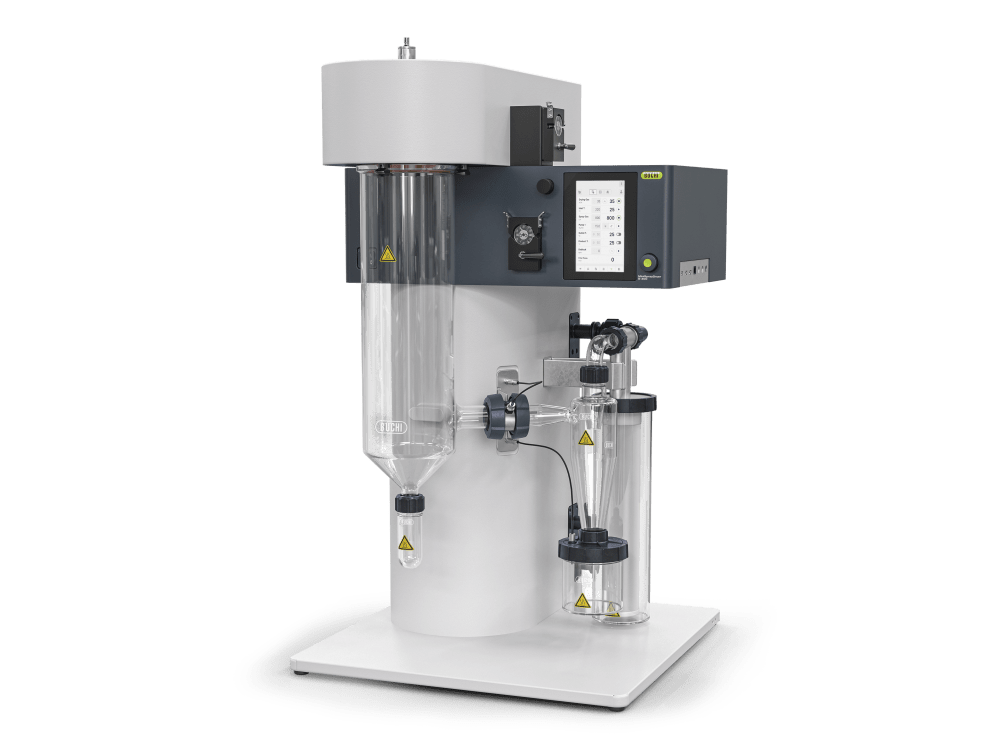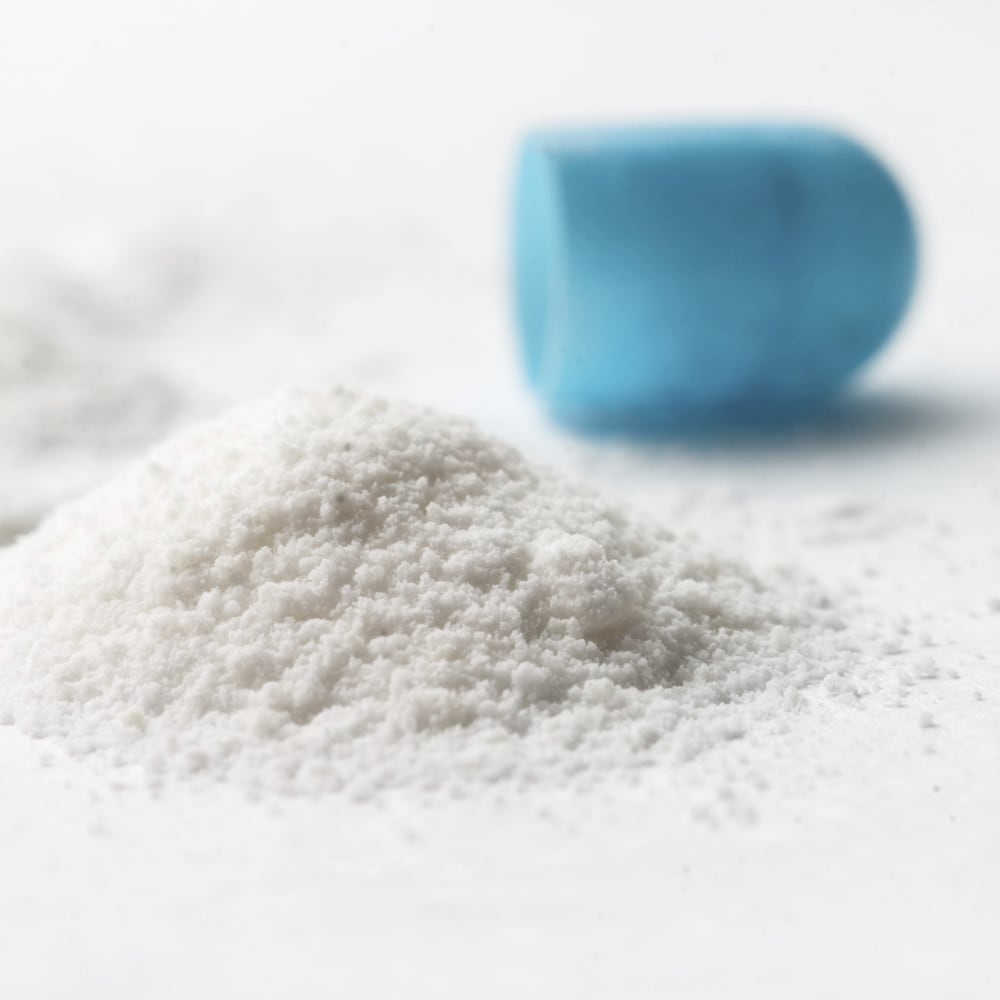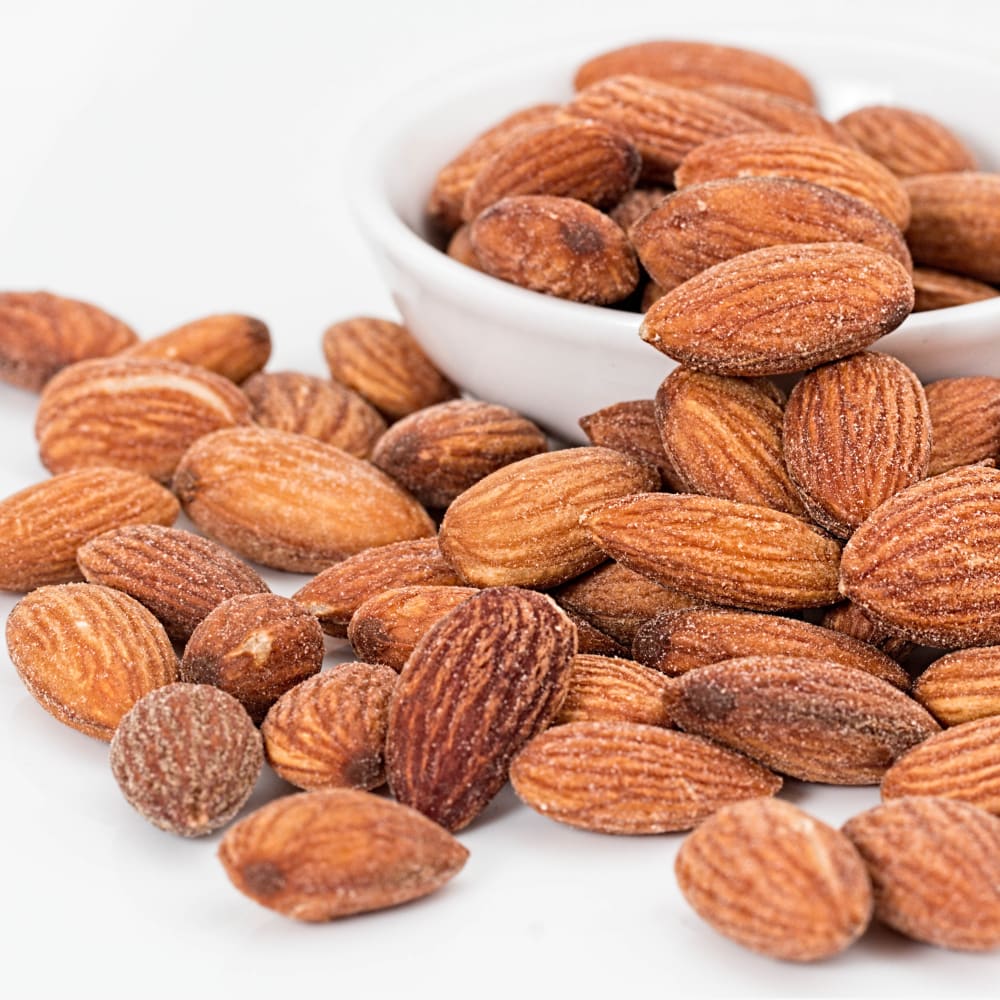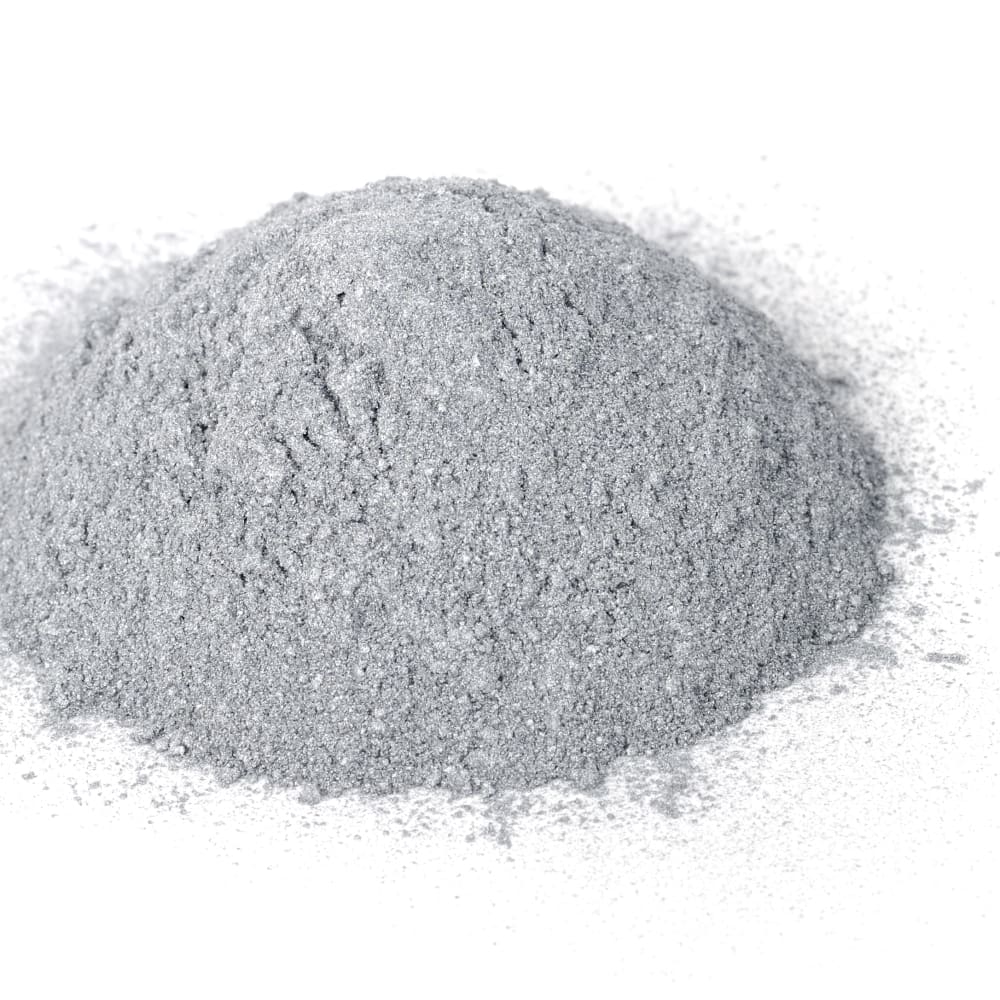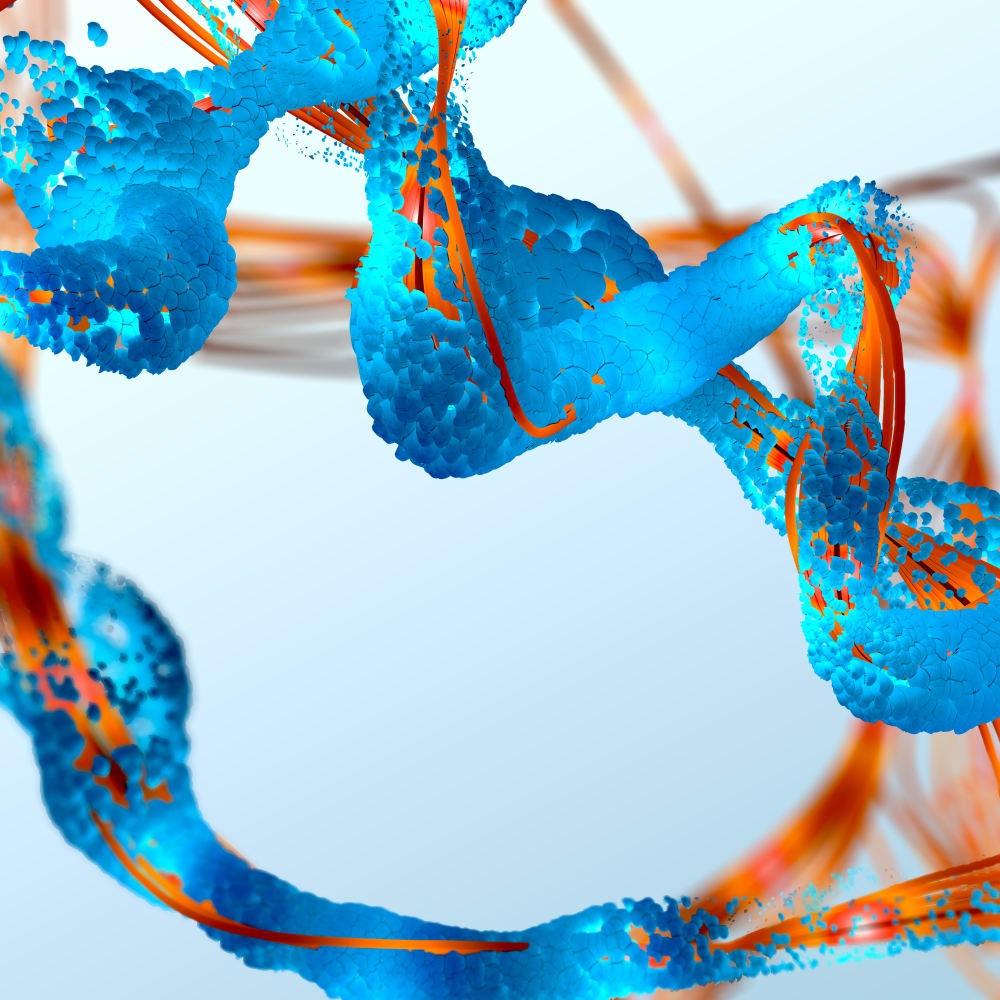Spray Drying of Cromoglycate sodium salt
Spray Drying of Cromoglycate sodium salt with the Mini Spray Dryer B-290
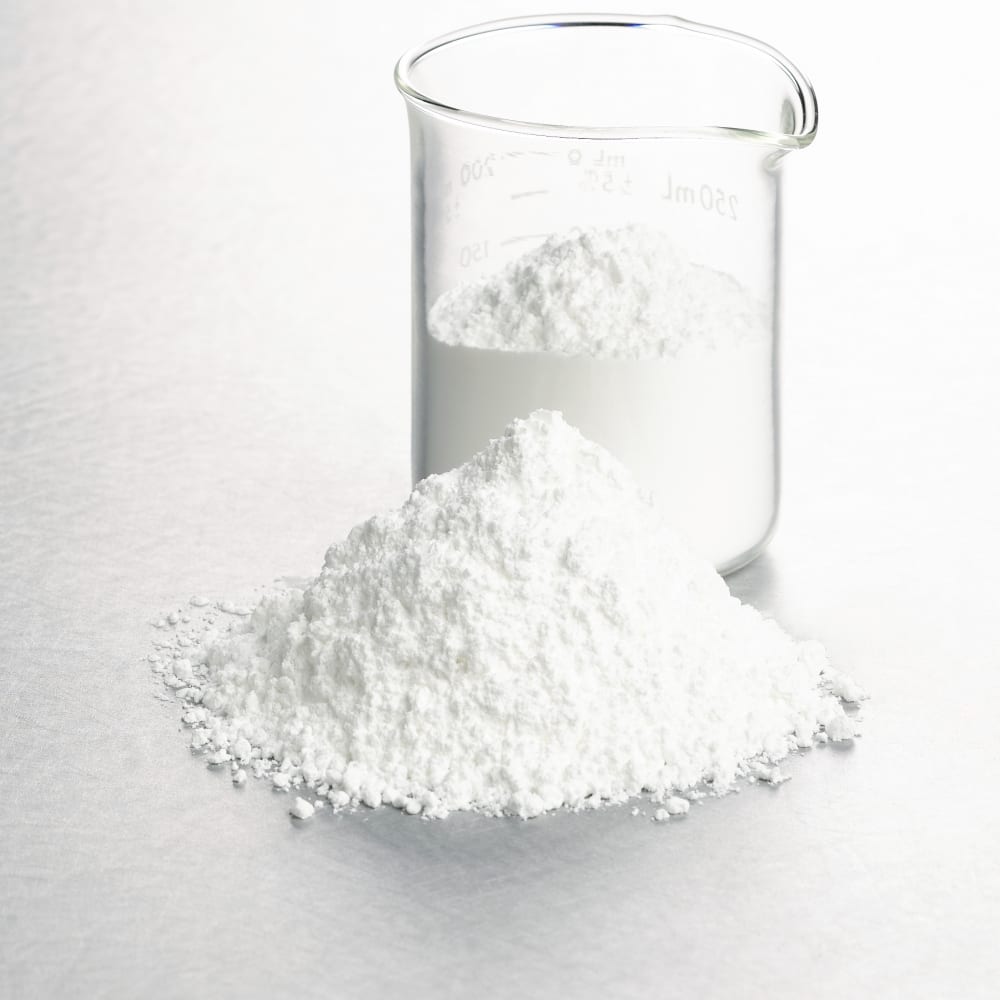
Spray drying is a popular technique used to produce particles of desired size, shape, and morphology, with applications in various fields including pharmaceuticals, food, and chemicals. Cromoglycate sodium salt, a drug used for the treatment of asthma, is one such material that can be spray-dried to produce dry powder for inhalation. The process involves atomizing the solution of cromoglycate sodium salt into small droplets, which are then dried by hot air, leading to the formation of small, uniform particles. The resulting powder can be easily dispersed in the air and inhaled directly into the lungs for therapeutic effect.
Spray-dried cromoglycate sodium salt has several advantages over conventional forms such as improved solubility, better stability, and reduced degradation. It also offers greater flexibility in formulation, allowing for the incorporation of other active ingredients or excipients to enhance drug delivery. Spray drying is a scalable and efficient process, making it a viable option for commercial production of dry powder inhalers.
Please see the application note No. 486 for starting parameters, formulations and some results.
